Software Defined Storage is revolutionizing how organizations manage data. By decoupling storage software from the hardware, SDS offers flexibility and scalability, helping businesses optimize their IT infrastructure.
SDS solutions deliver unmatched flexibility and scalability by abstracting storage capabilities and managing them via software. This allows organizations to efficiently utilize existing hardware while reducing capital expenditures. SDS also offers extensive automation features for streamlined data management operations, improved data protection, and increased performance efficiency.
What are the critical features of SDS solutions?SDS implementations are transforming industries like finance where data integrity and quick access are crucial. In healthcare, it supports growing data needs while ensuring compliance with regulations. Manufacturing benefits from SDS by managing vast amounts of production data and improving supply chain efficiency.
SDS provides organizations with a modern approach to storage that reduces costs, enhances scalability, and simplifies management. These solutions are essential for organizations looking to stay competitive in a data-driven world.
| Product | Market Share (%) |
|---|---|
| Red Hat Ceph Storage | 16.0% |
| DataCore SANsymphony | 7.0% |
| Microsoft Storage Spaces Direct | 6.6% |
| Other | 70.4% |
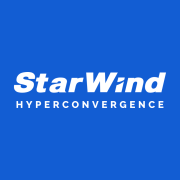


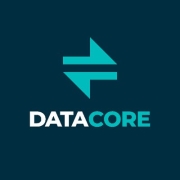


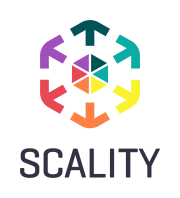
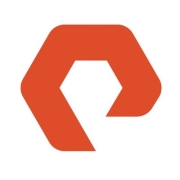






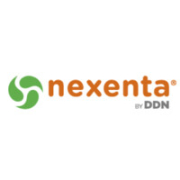

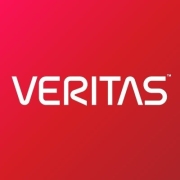


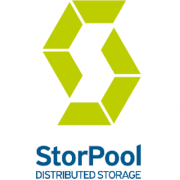
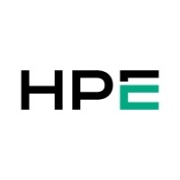






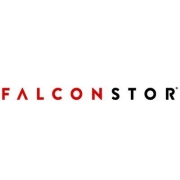

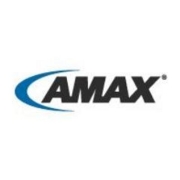
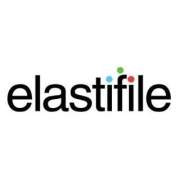



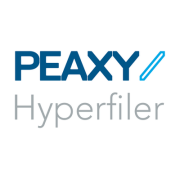
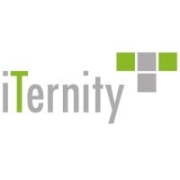









Today’s businesses are growing at a very rapid pace, and SDS provides the much-needed solution to maintaining scalability, cost-effectiveness, and profitability. An effective SDS solution can ensure that administrative tasks are reduced and, by using automated protocols, improve response time needed to adjust to changes in storage requirements. SDS gives greater control to businesses to optimize growth and remain competitive in the marketplace.
Traditional storage solutions can reach storage capacities very quickly and do not allow for the flexibility and agility growing businesses need today to stay sustainable, productive, and profitable. Traditional storage solutions keep businesses locked into a defined infrastructure that can inhibit growth and effectiveness. By using storage virtualization protocols, SDS gives businesses the ability to respond quickly to storage capacity needs, helping them to stay competitive, productive, and profitable. SDS is where business enterprise is going and growing toward now and in the foreseeable future.
Although SDS can still be very much a do-it-yourself solution, there are many competitive vendor storage options available to meet the needs of every unique business enterprise in the marketplace today. These vendor storage solutions can meet businesses’ specific needs for agility, flexibility, cost-effectiveness, and user-friendliness, making an SDS vendor solution an even better choice. These vendor storage solutions have all the hard work already done and have simplified the overall process, making an SDS solution even more efficient, effective, and productive.
SDS enhances resource management by abstracting software from physical hardware. This flexibility allows you to allocate storage resources dynamically based on current demands. You gain better control and visibility over your storage infrastructure, leading to optimized usage and reduced costs. It supports automation of routine tasks, freeing up your IT team to focus on strategic initiatives.
What are the security features of Software Defined Storage?SDS offers a robust set of security features. You benefit from encryption at rest and in motion, ensuring your data stays protected. SDS also includes authentication protocols and access controls to safeguard against unauthorized access. These features make SDS a strong choice if you're handling sensitive or regulated data.
Can Software Defined Storage work with existing infrastructure?SDS is designed to integrate seamlessly with your existing infrastructure. It supports interoperability with various hardware and software systems, allowing you to extend the life of your current assets. This compatibility facilitates a gradual transition to SDS without the need for a complete overhaul, enabling cost-effective storage management improvements.
What scalability benefits does Software Defined Storage offer?SDS provides unparalleled scalability, allowing your storage capabilities to grow with your business. Whether you're scaling out to add capacity or scaling up to enhance performance, SDS simplifies these processes. The solution is ideal for environments experiencing rapid data growth, ensuring that your storage infrastructure can adapt swiftly without disrupting operations.
How does Software Defined Storage support disaster recovery?SDS enhances disaster recovery by offering built-in data replication and automated backup capabilities. These features ensure data integrity and availability, even in the face of hardware failures or natural disasters. Additionally, SDS typically supports multi-site failover strategies, helping you maintain business continuity and minimize downtime during unforeseen events.